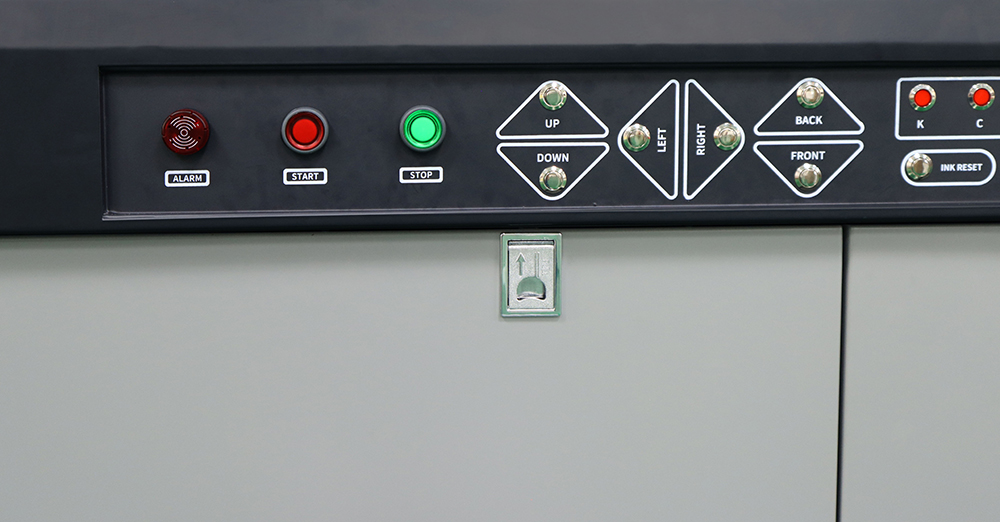What is a UV Flatbed Printer and How Does it Work?
What is a UV Flatbed Printer and How Does it Work?In the world of printing technology, the UV flatbed printer stands as a testament to innovation and versatility. This remarkable device has revolutionized the printing industry, offering unparalleled flexibility in terms of the materials it can print on and the quality of the output. Let’s delve into what a UV flatbed printer is and how it operates.

A UV flatbed printer, as the name suggests, is a printer that utilizes Ultraviolet (UV) light in its printing process. It is often referred to as a “universal printer” due to its ability to print on a wide range of materials, from rigid substrates like wood, glass, metal, and plastic to more flexible materials such as fabric and leather. This versatility is one of the key factors that have made UV flatbed printers highly popular in various industries, including advertising, packaging, and product decoration.
The technology behind UV flatbed printers is both fascinating and complex. At its core, a UV flatbed printer employs a special type of ink known as UV-curable ink. This ink is formulated to react with UV light, undergoing a chemical process called polymerization when exposed to UV radiation. As a result, the ink solidifies or “cures” instantly, locking in the color and ensuring durability and longevity.
The printing process begins with the preparation of the design or image that needs to be printed. This design is typically created using graphic design software and then converted into a printable file format such as PostScript or PDF. Once the design is ready, it’s loaded into the printer’s software, where various print settings can be adjusted, including print quality, speed, and resolution.
The material to be printed on is then placed on the flatbed of the printer. This flatbed, as the name implies, is a large, flat surface that can accommodate materials of various sizes and shapes. The printer’s printheads, equipped with tiny nozzles, move across the material, depositing the UV-curable ink onto the surface in a precise and controlled manner.
What makes UV flatbed printers unique is their ability to cure the ink instantly using UV light. As the ink is deposited, UV lamps within the printer emit UV rays that trigger the polymerization process in the ink. This curing happens almost instantaneously, allowing for faster print speeds and immediate handling of the printed materials without the need for additional drying time.
The precision and quality achieved by UV flatbed printers are remarkable. The printers can produce highly detailed images with vibrant colors that are resistant to fading, scratching, or smearing. This durability is crucial in applications where the printed materials will be exposed to harsh environments or frequent handling.
Another notable feature of UV flatbed printers is their ability to create special effects. Some advanced models allow for printing raised text or images, giving a 3D or embossed effect to the printed output. This capability further enhances the visual appeal and tactile experience of the printed materials.
Despite their versatility and efficiency, UV flatbed printers do have some limitations. The cost of UV-curable ink is typically higher than traditional inks, and the printers themselves can be pricey, especially for high-end models with advanced features. Additionally, the use of UV light requires special safety measures to protect operators from exposure.
Maintenance and regular cleaning are also essential for ensuring optimal performance and longevity of UV flatbed printers. The inkjet nozzles can become clogged if not properly maintained, and the UV lamps may require replacement over time due to wear and tear.
In conclusion, UV flatbed printers are revolutionary devices that have transformed the printing industry. Their ability to print on a wide range of materials, combined with the durability and quality of the output, makes them a valuable asset for various applications. As technology continues to advance, we can expect even more innovations in UV flatbed printing, further expanding its capabilities and uses.
